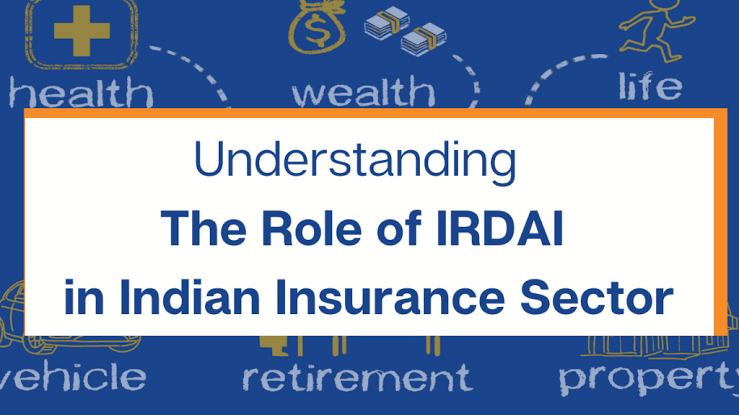In India, a significant portion of the population resides in rural areas, often facing financial vulnerabilities due to limited access to formal financial services. Microinsurance has emerged as a pivotal tool in mitigating these vulnerabilities by providing affordable and tailored insurance solutions to low-income households. This article delves into the landscape of microinsurance in India, its impact on rural communities, challenges faced, and the road ahead.
Understanding Microinsurance
Microinsurance refers to insurance products specifically designed for low-income individuals, offering coverage for health, life, property, and other risks at affordable premiums. These products are characterized by simplicity, accessibility, and relevance to the unique needs of underserved populations.
The Rural Protection Gap
Despite India’s burgeoning insurance sector, a substantial protection gap persists in rural areas:
- Low Insurance Penetration: Only 15% of rural India has insurance coverage, leaving a vast majority without financial protection against unforeseen events.
- Economic Vulnerability: Rural households are often susceptible to income shocks due to health emergencies, crop failures, or natural disasters, leading to cycles of poverty.
Microinsurance as a Solution
Microinsurance aims to bridge this protection gap by offering:
- Affordability: Low premiums make insurance accessible to economically weaker sections.
- Relevance: Products are tailored to address specific risks prevalent in rural settings, such as crop insurance for farmers.
- Simplified Processes: Streamlined procedures ensure ease of understanding and participation among low-literacy populations.
Regulatory Framework and Initiatives
The Insurance Regulatory and Development Authority of India (IRDAI) has been instrumental in promoting microinsurance:
- Microinsurance Regulations (2005): IRDAI introduced these regulations to facilitate the distribution of microinsurance products through various intermediaries, including Non-Governmental Organizations (NGOs), Self-Help Groups (SHGs), and Microfinance Institutions (MFIs).
- Rural and Social Sector Obligations: Insurers are mandated to fulfill specific targets in rural and social sectors, encouraging the expansion of insurance services to underserved areas.
Impact on Rural Populations
Microinsurance has had a notable impact on rural communities:
- Financial Resilience: Access to insurance enables households to manage risks effectively, reducing the need to resort to distress selling of assets or high-interest loans during crises.
- Health Security: Micro health insurance plans ensure that economically weaker individuals receive quality healthcare without the burden of exorbitant medical expenses.
- Empowerment of Women: Studies have shown that microinsurance adoption among women, particularly under schemes like the Pradhan Mantri Jan Dhan Yojana (PMJDY), enhances financial resilience and empowerment.
Challenges in Microinsurance Penetration
Despite its benefits, microinsurance faces several challenges:
- Awareness and Education: A significant portion of the rural population remains unaware of insurance products and their benefits, leading to low uptake rates.
- Distribution Challenges: Reaching remote areas with limited infrastructure poses logistical challenges for insurers.
- Product Design: Developing products that are both affordable and comprehensive enough to meet the diverse needs of rural populations is complex.
- Claims Processing: Cumbersome claims procedures can deter potential policyholders due to perceived or real difficulties in receiving payouts.
Case Study: BAIF Development Research Foundation
The BAIF Development Research Foundation has been a pioneer in integrating microinsurance with rural development:
- Self-Help Groups (SHGs): BAIF introduced SHGs to facilitate insurance access for rural communities, enabling collective bargaining and risk-sharing.
- Livestock Insurance: Recognizing the dependence of rural households on livestock, BAIF offers livestock insurance, providing financial protection against the loss of animals.
The Road Ahead
To enhance the reach and efficacy of microinsurance in rural India, the following strategies are essential:
- Awareness Campaigns: Collaborative efforts between government bodies, NGOs, and insurers to educate rural populations about the benefits of insurance.
- Leveraging Technology: Utilizing digital platforms and mobile technology to streamline processes, reduce costs, and improve accessibility.
- Innovative Distribution Channels: Engaging local community leaders, SHGs, and cooperatives as intermediaries to build trust and facilitate enrollment.
- Regulatory Support: Continued efforts by IRDAI to create a conducive environment for microinsurance growth, including tax incentives and relaxed capital requirements for microinsurance providers.
Conclusion
Microinsurance holds the potential to significantly reduce the protection gap in India’s rural areas, fostering financial inclusion and resilience among vulnerable populations. While challenges persist, concerted efforts from all stakeholders can pave the way for a more secure and equitable future for rural India.
Table: Key Microinsurance Schemes in India
| Scheme Name | Coverage Offered | Target Beneficiaries |
|---|---|---|
| Pradhan Mantri Suraksha Bima Yojana (PMSBY) | Accidental death and disability | Individuals aged 18-70 years |
| Pradhan Mantri Jeevan Jyoti Bima Yojana (PMJJBY) | Life insurance | Individuals aged 18-50 years |
| Pradhan Mantri Fasal Bima Yojana (PMFBY) | Crop insurance against natural calamities | Farmers |
| Rashtriya Swasthya Bima Yojana (RSBY) | Health insurance for hospitalization expenses | Below Poverty Line (BPL) families |
Quote:
“Microinsurance is not just a product; it’s a pathway to financial stability and empowerment for rural communities.” – [Industry Expert]
Box: Recent Developments in Microinsurance
- Regulatory Reforms: IRDAI has been a global leader in promoting microinsurance, developing rural and social sector obligations in 2002 and microinsurance regulations in 2005.
- Technological Integration: Insurtechs are increasing digital and financial inclusion in India.

